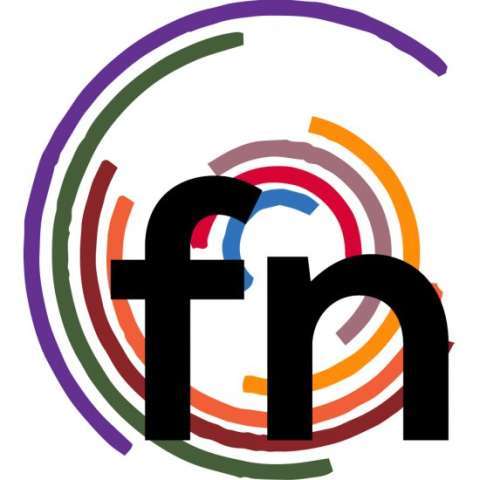Fundraising for Events
by Larry Ward
The themes for events cover a wide range, but most of these special events have an underlying purpose: to make money. While this commercial aspect may bother some purists, there's no getting around the fact that events are excellent fundraisers. All kinds of good causes can be helped. In addition, some of the money generated can be set aside towards next year's event. For many groups, the question is simply: What's the best way to raise money? There is no quick answer. What might help is to look at some of the fundraising techniques used by other event promoters.
- Selling Booth Space. This is one of the most popular (and effective) fundraising ideas, particularly with arts and crafts shows. No two groups seem to do everything the same, however. Many just sell a designated space and let the exhibitor provide everything else: display tables, backdrops, and chairs. Some groups supply these things and still others include electricity or even a tent over the booth. These different factors (along with projected attendance) influence booth fees as does the size and location of the spaces. In short, booth fees vary greatly from event to event.
Most groups collect these fees well in advance, usually at the time an exhibitor applies for space. They've also found that a strict refund policy is a good idea. It's one way to insure that exhibitors reconsider before canceling at the last minute.
- Percentage of Sales. Several organizations don't stop with making money from rental space; their contracts with exhibitors stipulate that a certain percentage of sales-frequently 10 to 20%-be returned to the event organization. If the "cut" is kept reasonable and crowds show up, exhibitors don't seem to mind sharing their proceeds.
This approach is not without its problems. Bookkeeping headaches can be expected, along with occasional doubts about the accuracy of sales reports. Its success for raising money though, is beyond question.
- In-Kind Donations. Encourage in-kind donations of materials, supplies, and services instead of money. Assess each in-kind contribution and keep a record of what the cost would have been if you had paid for it out of pocket.
- Food and Beverage Sales. People at gatherings consume vast quantities of popcorn, hot dogs, cotton candy, and drinks. Most event organizers do not need to be reminded of this. Their job is to figure out how to make the most of this demand.
Promoters can handle the food/beverage matter in two ways:
- selling the refreshments themselves
- allowing someone else to sell food and drinks on a concession basis
Many groups lean toward the former, but unless they have the necessary equipment and a good crew of tireless volunteers, they may be better off to work with an experienced concessionaire. Organizers know the food and beverage business is closely regulated by the Dept. of Health. Selling hot dogs, for instance, involves much more than placing a hot frankfurter in a steamed bun.
Requirements governing the floor, walls, doors, ceiling, and windows of concession stands exist and must be followed (for details, see the chapter on food and beverages).
Read more here!


